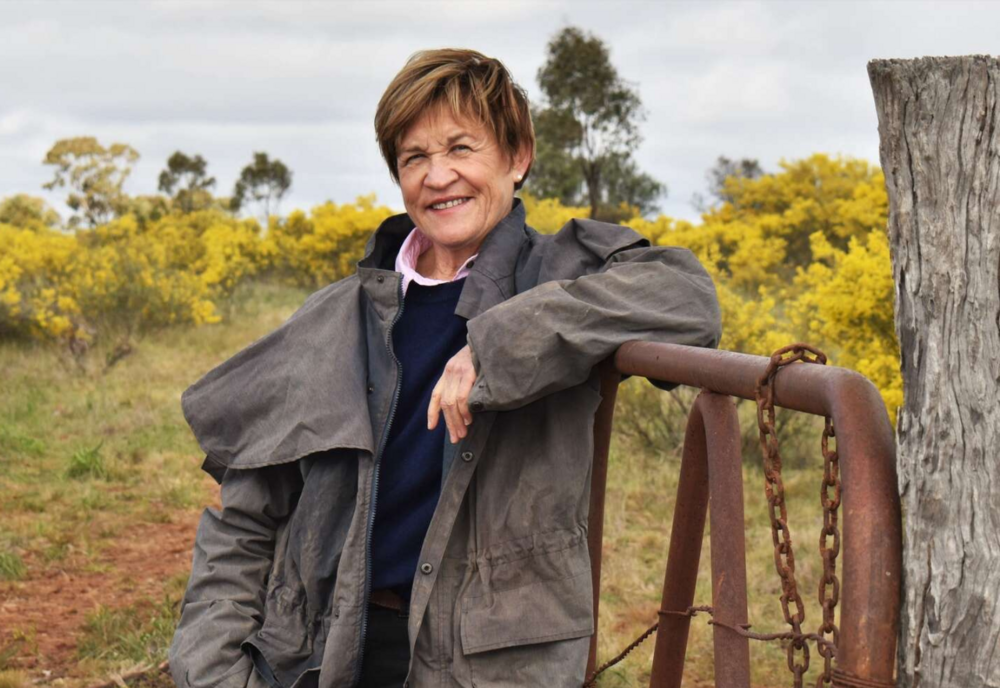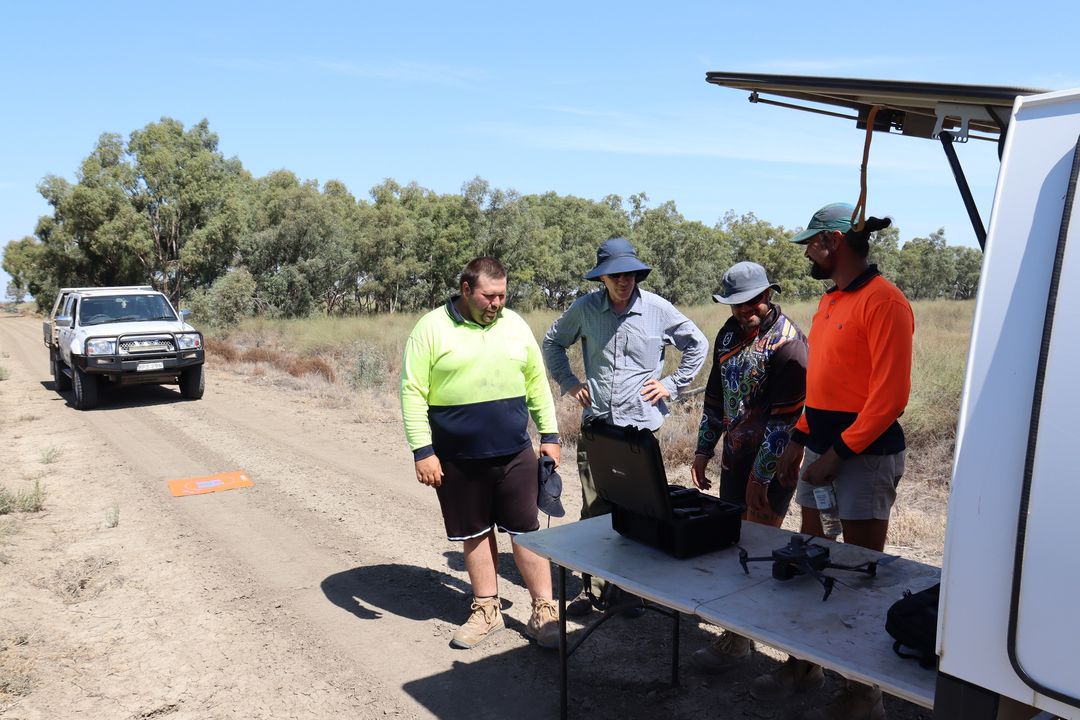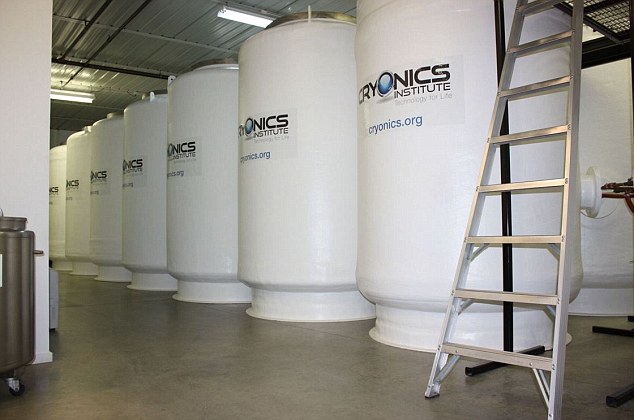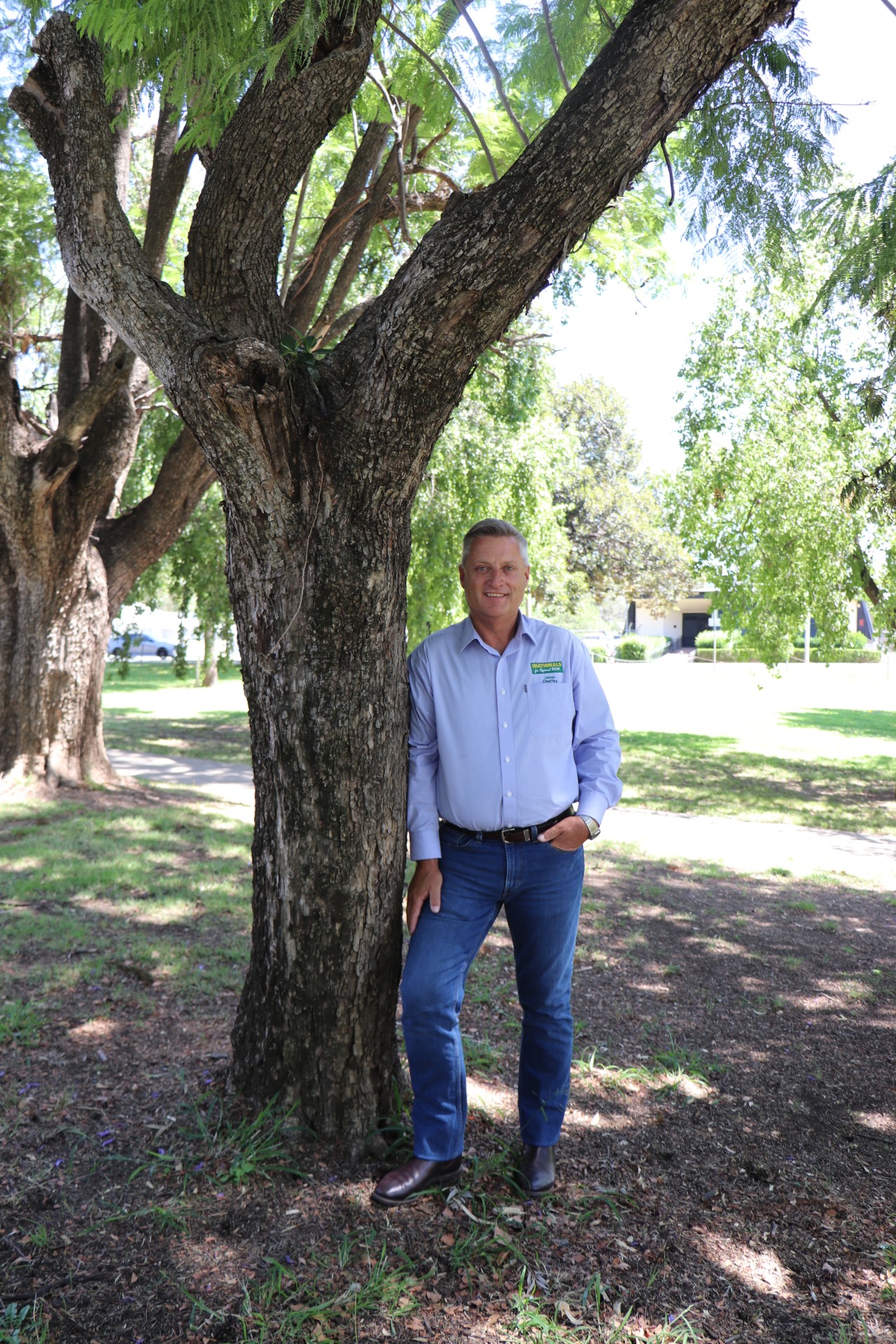Major Rail Infrastructure Investment Set to Transform Riverina Freight Operations
Contributor
30 July 2025, 11:00 PM

A $13 million rail siding project in Wumbulgal promises to revolutionise freight efficiency and unlock economic potential across the NSW Riverina region.
The NSW government's latest infrastructure investment represents more than just railway tracks and loading facilities – it's a strategic move to address long-standing bottlenecks that have hampered the region's agricultural productivity and freight capacity for years.
Addressing Critical Infrastructure Gaps
The new 1,500-meter multi-user rail siding, strategically positioned between Griffith and Leeton, addresses one of the most persistent challenges facing the region's freight network. Currently, grain trains experience loading delays of up to eight hours, creating a cascading effect that blocks mainline traffic and prevents other services from maintaining schedules.
This infrastructure bottleneck has long frustrated producers, logistics companies, and passenger services alike. The extended loading times not only reduce overall network efficiency but also increase costs across the supply chain, ultimately impacting the competitiveness of Riverina's agricultural exports.
Open Access Philosophy Drives Competition
What sets this project apart from traditional rail infrastructure is its commitment to open access principles. Rather than creating exclusive facilities for particular operators, the Wumbulgal siding will welcome any rail company, fostering competition and potentially driving down freight costs for regional producers.
Independent Member for Murray Helen Dalton emphasises this inclusive approach as a significant departure from restrictive access models that have sometimes limited options for businesses. The partnership with MEDLOG, described as working with "the world's largest freight company," suggests international-standard operations while maintaining accessibility for smaller operators.
Technical Capabilities and Future Integration
The engineering specifications of the new siding reflect modern freight requirements. The facility will accommodate trains up to 1.5 kilometres in length – substantial consists that maximise efficiency for bulk commodity transport. This capacity allows for loading, parking, and passing operations without disrupting mainline services, effectively creating a parallel freight highway.
Perhaps most significantly, the project includes provisions for future integration with the proposed Western Riverina Connect intermodal freight terminal. This forward-thinking design ensures the current investment will complement rather than compete with future infrastructure developments being planned by Griffith and Leeton councils.
Economic and Safety Implications
The ripple effects of improved freight efficiency extend well beyond the railway corridor. Faster loading times and reduced delays should stimulate investment in complementary infrastructure, creating a modernisation cycle that benefits the entire regional freight ecosystem.
From a safety perspective, reducing the time freight trains occupy main lines decreases conflict points with passenger services and other traffic. Additionally, by handling more freight efficiently via rail, the project should reduce heavy vehicle traffic on regional roads, improving safety for all motorists while reducing wear on local road infrastructure.
Regional Development Catalyst
The Wumbulgal rail siding represents more than operational improvements – it's positioned as a catalyst for broader regional economic development. By reducing friction in the freight network, the project should enhance the competitiveness of Riverina agricultural products in domestic and export markets.
The timing of this investment aligns with growing recognition of freight infrastructure's role in regional development. As global supply chains face ongoing disruption, resilient domestic freight networks become increasingly valuable assets for food security and economic stability.
Looking Forward
While the $13 million investment represents a significant capital commitment, the project's success will ultimately be measured by its ability to unlock economic potential across the Riverina. The combination of reduced delays, open access competition, and future integration capabilities suggests this infrastructure investment could deliver benefits well beyond its immediate operational improvements.
For regional producers who have long advocated for investment in freight infrastructure, the Wumbulgal rail siding represents tangible progress toward a more efficient and competitive agricultural sector. As construction begins, the project serves as evidence of the economic multiplier effects that can occur when strategic infrastructure investments align with regional development priorities.
NEWS
SPORT
RURAL







